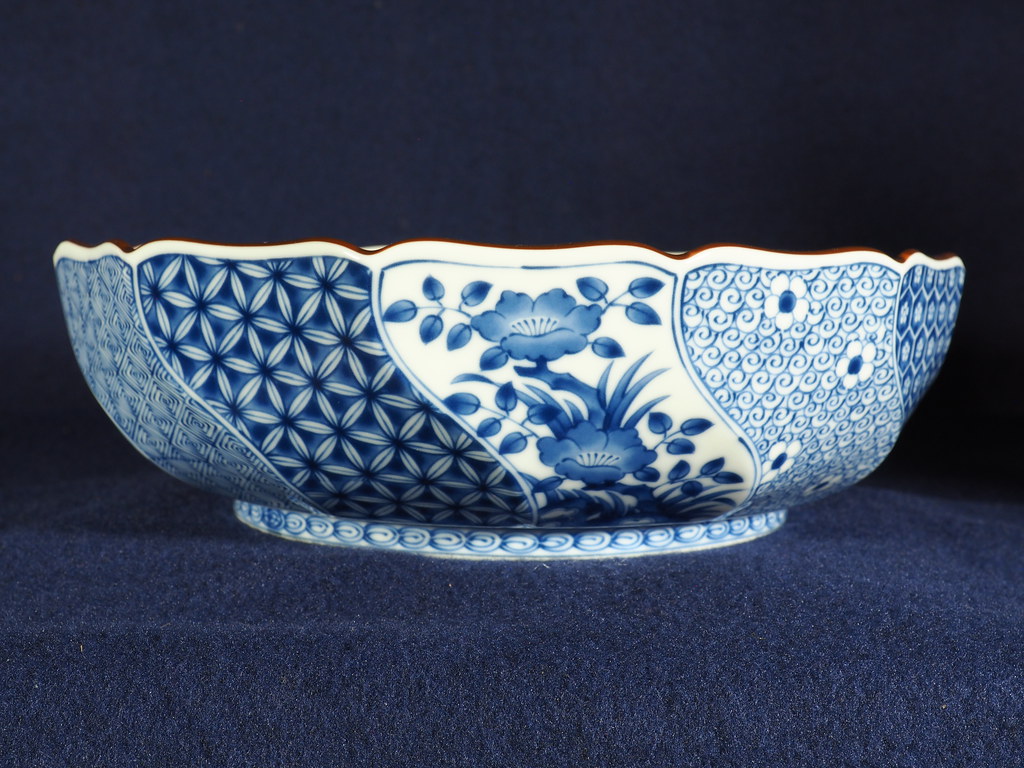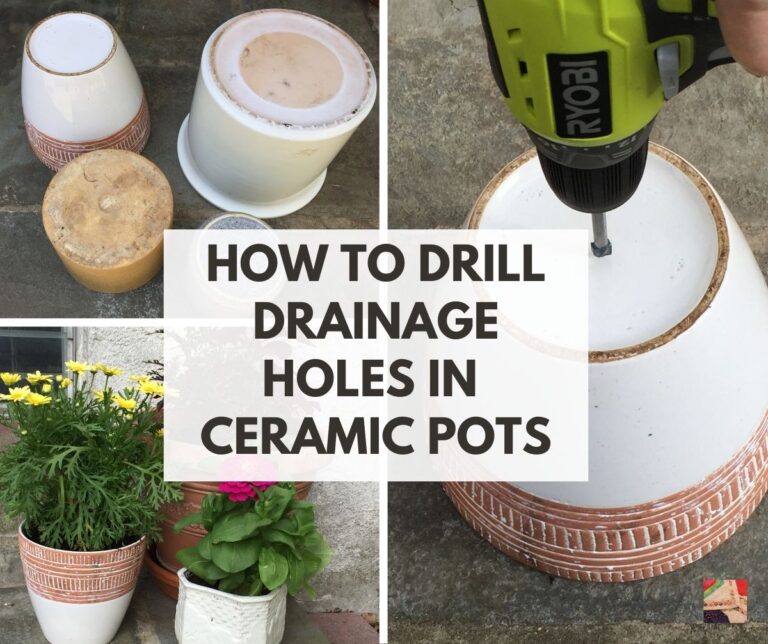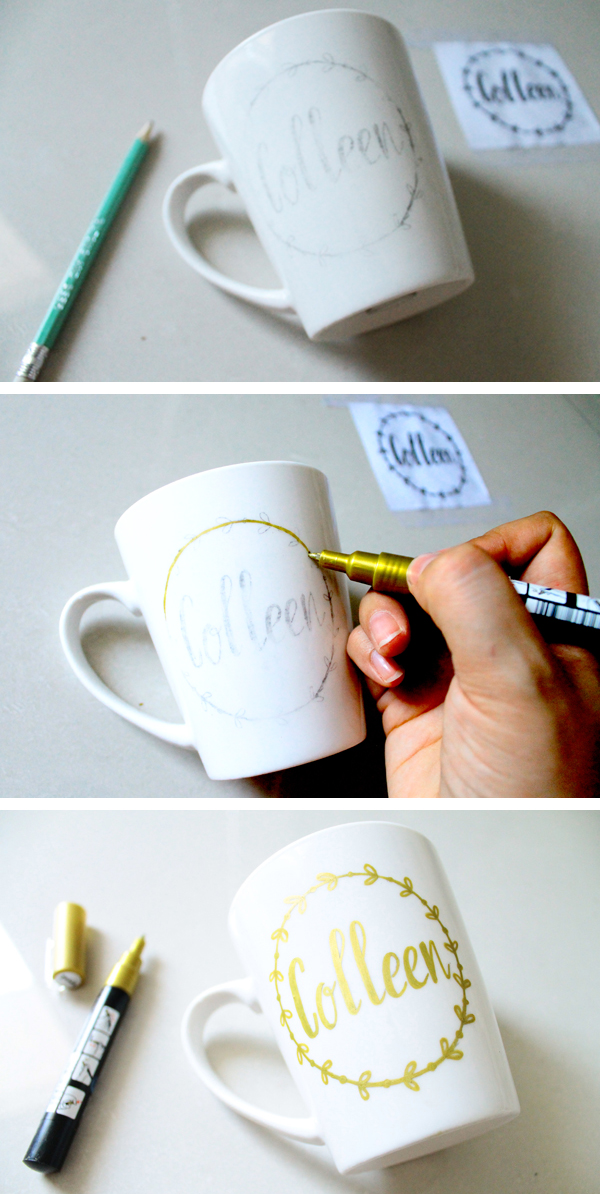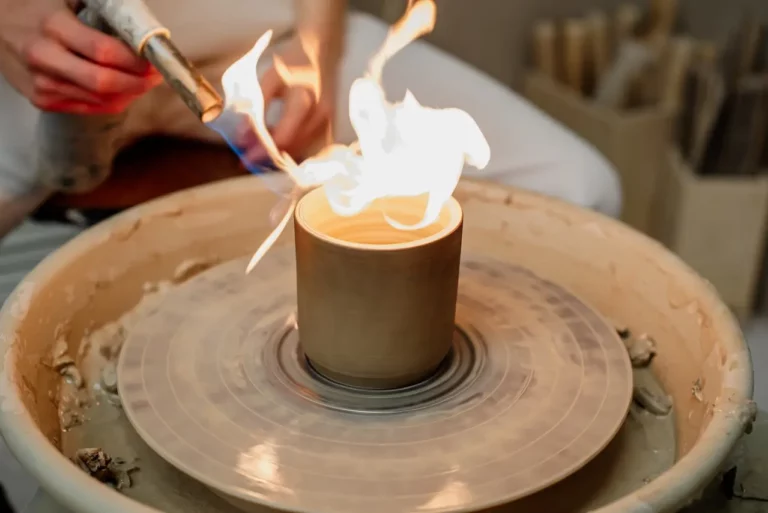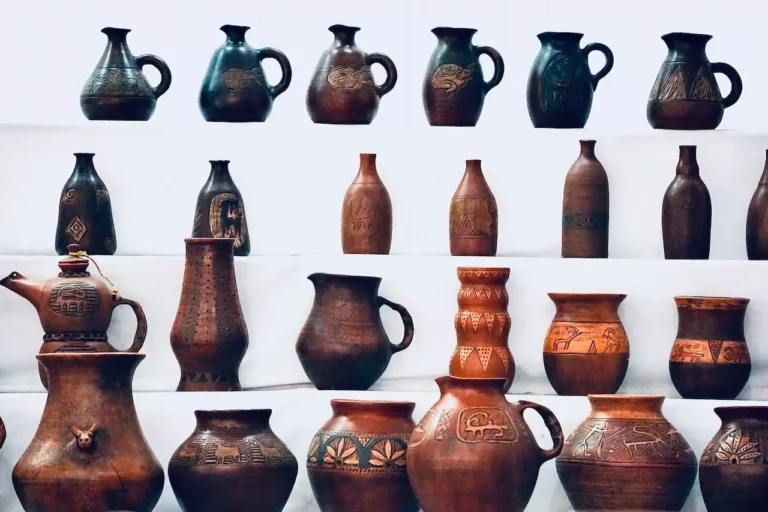How Much Is Hull Pottery Worth
Hull Pottery has long been admired for its exquisite craftsmanship and distinctive designs. As a collector or potential buyer, understanding the value of Hull Pottery is essential to make informed decisions and ensure you get the most out of your investment.
In this article, we will delve into the factors that influence the worth of Hull Pottery, explore different categories and styles, provide tips for collectors and buyers, and share stories of valuable Hull Pottery finds.
Introduction
Hull Pottery holds a significant place in the history of American ceramics. Founded in 1905 in Crooksville, Ohio, by Addis E. Hull, the company quickly gained recognition for its artistic and high-quality pottery. Hull Pottery became renowned for its hand-painted and molded designs, encompassing a wide range of styles, including the iconic Hull Art Pottery.
Understanding the worth of Hull Pottery goes beyond mere monetary value. It allows us to appreciate the artistry, craftsmanship, and cultural significance embedded in each piece. Let’s explore the factors that contribute to the value of Hull Pottery.
Factors that Influence Hull Pottery’s Worth
Condition of the pottery
The condition of the pottery plays a crucial role in determining its value. Pieces in pristine condition, without chips, cracks, or repairs, are highly sought after by collectors. Even minor damages can significantly affect the value, so it’s essential to carefully examine the piece before making a purchase or assigning a value.
Rarity and desirability of specific pieces
Rare and highly desirable pieces naturally command higher prices in the market. Limited edition items, unusual glazes, or unique shapes can greatly increase the value of Hull Pottery. Additionally, pieces featuring popular motifs or designs, such as those from the Hull Art Pottery line, are generally more sought after by collectors.
Historical significance and provenance
The historical significance of certain pieces or collections can significantly impact their worth. Pottery associated with important events, collaborations with renowned artists, or significant cultural movements may fetch higher prices. Likewise, pottery with well-documented provenance, tracing its ownership and history, adds to its desirability and value.
Age and production period
The age of a piece and the specific production period can affect its value. Early Hull Pottery pieces from the early 1900s, known as “Pre-1930” items, tend to be more valuable due to their scarcity and historical significance. Different production eras and the evolution of designs within those periods can also influence a piece’s value.
Design and craftsmanship
The artistic value and level of craftsmanship in Hull Pottery contribute to its worth. Intricate and finely detailed designs, expertly executed hand-painted elements, and the overall aesthetic appeal of a piece can make it more valuable to collectors. Pieces displaying exceptional artistry or unique glazes often command higher prices.
Signature marks and artist identification
Hull Pottery pieces with clear and distinct signature marks or artist identification can be highly valued. Signatures from prominent Hull Pottery artists, such as Lillian “Aunt” Graziano or George Young, add to the desirability and worth of the piece.
Determining the Value of Hull Pottery
To determine the value of Hull Pottery, several approaches can be employed.
Researching comparable sales and auction records
Examining recent sales records and auction results for similar pieces can provide valuable insights into the market value. Online platforms, antique shops, and pottery-specific auctions are excellent sources to gauge the current market trends.
Consulting pottery experts and appraisers
Pottery experts and professional appraisers possess in-depth knowledge and experience in assessing the value of Hull Pottery. They can offer expert opinions and provide detailed appraisals based on their expertise and familiarity with the market.
Online resources and price guides
Various online resources and price guides can serve as valuable references. Websites dedicated to pottery collecting, forums, and price guidebooks often provide price ranges and information on specific Hull Pottery pieces. However, it’s important to cross-reference information from multiple sources to ensure accuracy.
Factors that can affect the value over time
The value of Hull Pottery can fluctuate over time due to market trends, shifts in collector preferences, or changes in demand. It’s essential to consider these factors and evaluate the long-term potential of the pottery before investing.
Different Categories and Styles of Hull Pottery
Hull Pottery encompasses various categories and styles that cater to different tastes and preferences. Here are some notable ones:
Hull Art Pottery
The Hull Art Pottery line, introduced in the 1920s, remains highly collectible today. Known for its vibrant colors and exquisite floral designs, Hull Art Pottery pieces often showcase the Art Deco and Art Nouveau styles of their time.
Hull Ovenware
Hull Ovenware, produced from the 1930s to the 1950s, includes a range of practical and decorative kitchenware items. These pieces, with their distinctive glazes and functional designs, continue to be sought after by collectors.
Hull Brown Drip
Hull Brown Drip pottery, produced from the 1960s to the 1980s, features a rich, dark brown glaze with characteristic drip patterns. These durable and versatile pieces, including dinnerware and serving bowls, are beloved by collectors for their rustic charm.
Hull Woodland
The Hull Woodland line, produced in the 1940s, showcases delicate hand-painted woodland motifs on a matte finish background. These pieces are highly regarded for their detailed craftsmanship and serene aesthetic.
Hull Tokay
Hull Tokay pottery, introduced in the 1950s, takes inspiration from the lush vineyards and grape clusters. With its distinctive grapevine patterns and lustrous glazes, Hull Tokay remains a favorite among collectors of mid-century ceramics.
Tips for Collectors and Buyers
If you’re a collector or a prospective buyer of Hull Pottery, consider the following tips to make informed decisions:
Authenticity verification
Ensure the authenticity of the piece by familiarizing yourself with genuine Hull Pottery characteristics, including signature marks, glazes, and design elements. Research reputable sources and consult experts if needed.
Identifying common damages and repairs
Thoroughly examine the piece for any damages, such as chips, cracks, or repairs. These factors can significantly impact its value. Understand the difference between acceptable wear and tear and extensive damage.
Evaluating price versus condition
When considering a purchase, carefully evaluate the price of the piece in relation to its condition. A lower-priced item may have substantial damage that diminishes its value, while a higher-priced piece in excellent condition may be worth the investment.
Building a collection strategically
Building a Hull Pottery collection can be a rewarding experience. Consider collecting pieces from different categories, production eras, or styles to create a diverse and engaging collection. Set clear goals and establish a budget to guide your collection-building journey.
Resources for further information and assistance
Utilize various resources to expand your knowledge and connect with other collectors. Join online forums, visit antique shows and pottery exhibitions, and explore dedicated websites and publications. Engage with the pottery community to gain insights and share experiences.
Stories of Valuable Hull Pottery Finds
Throughout the years, there have been numerous accounts of remarkable Hull Pottery finds. Collectors and enthusiasts have stumbled upon rare and valuable pieces in unexpected places, uncovering hidden treasures. These stories add excitement and intrigue to the world of Hull Pottery collecting, motivating collectors to continue their search for valuable finds.
FAQs
How can I tell if my Hull Pottery is authentic?
Authentic Hull Pottery pieces often bear distinctive signature marks and design elements. Research genuine characteristics, consult experts, and compare your piece with reputable reference materials.
Is all Hull Pottery valuable?
While Hull Pottery is highly regarded, not all pieces have significant monetary value. Factors such as rarity, condition, and desirability play a role in determining a piece’s worth.
What are some common damages to look out for in Hull Pottery?
Chips, cracks, and repairs are common damages that can affect the value of Hull Pottery. Additionally, excessive wear, glaze crazing, or missing parts should be noted when evaluating a piece’s condition.
How can I find the value of my specific Hull Pottery piece?
Researching comparable sales records, consulting experts and appraisers, and utilizing online resources and price guides are effective methods to determine the value of your Hull Pottery piece.
Can the value of Hull Pottery increase over time?
Yes, the value of Hull Pottery can appreciate over time, especially for rare or highly sought-after pieces. However, market trends, collector preferences, and condition play significant roles in determining the long-term value.
Conclusion
Hull Pottery holds both artistic and monetary value, attracting collectors and enthusiasts worldwide. Understanding the factors that influence its worth, exploring the different categories and styles, and following essential tips can enhance your appreciation for Hull Pottery and guide your collecting journey. Remember to conduct thorough research, seek expert advice when needed, and stay engaged with the pottery community. Click the link below to access more information and resources on Hull Pottery.
